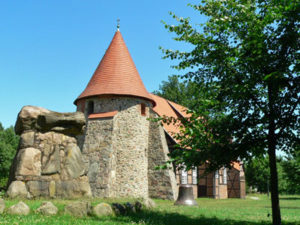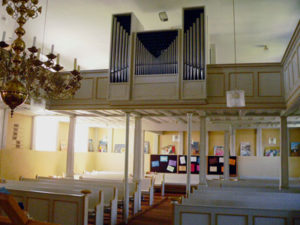Suderburg St Remigius










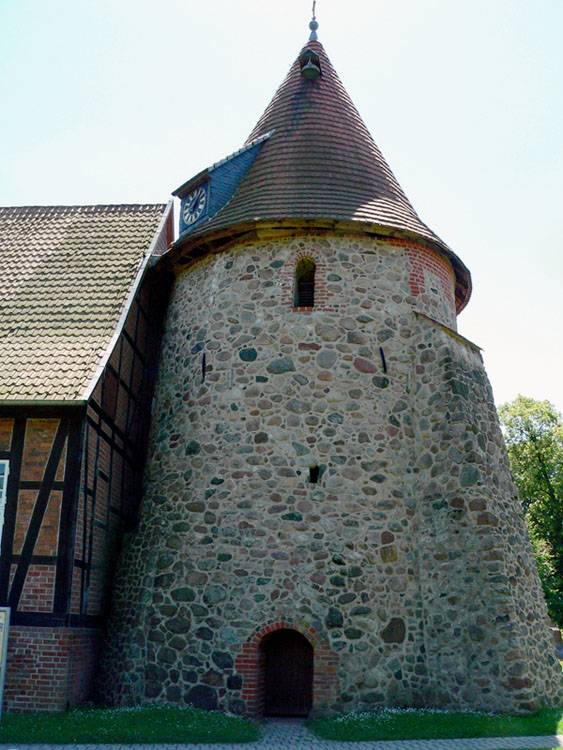





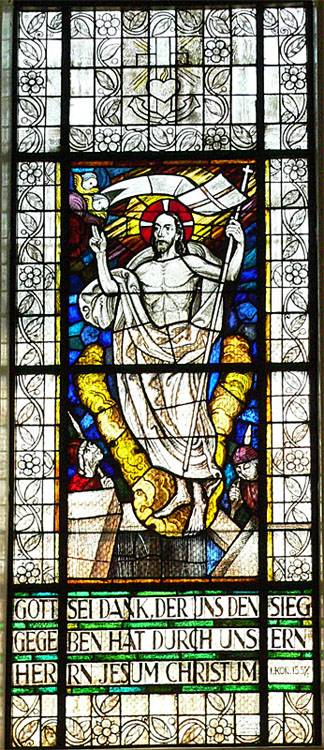





















St Remigius-Kirche Suderburg
Where to find this church
Church Information
St Remigius-Kirche is located in Suderburg, a village in Niedersachsen about 10 miles south-east of the town of Uelzen.
This church is usually open to visitors
* denotes external links that open in a new window


Visiting Suderburg St Remigius
A short preface to the churches in Lower Saxony and the quality and quantity of the photos: I visited all these churches “in a hurry”: I was in the region (which I don’t visit very often) and wanted to have “a couple of photos” of each one as quickly as possible for the website. But that is exactly how they look, and the quality especially of the interior photos (if there are any at all…) is also really bad, which is due to the old digital camera I still had at that time (we’re talking about 2006 here). Unfortunately, I haven’t had the opportunity since to visit the churches in the region again and take more, more meaningful and better photos. So for the time being I have to make do with the ones I have.
Suderburg was first mentioned in a document in 1004, but it existed much longer. The name actually goes back to a former castle, the remains of which we can still see today in the form of the church tower: this was originally part of the castle that gave the village its name. The question of the age of the church and the parish of Suderburg can only be answered with reservations because, on the one hand, there are no building structures from the earliest times and, on the other hand, there is no documentary evidence from the time of the foundation. However, the naming of the church after its patron saint, Saint Remigius (born around 440, died in 533), provides a clue according to patron saint research: the naming after this saint is certainly a reference to its foundation in the Frankish period of Charlemagne.
The first Suderburg church will certainly have been a wooden church, which was then replaced by the church built of fieldstones. The tower was probably built around the year 1000, and used as a protective tower protect against the Slavs in the east. Its small windows and embrasures also indicate a function as a defence tower in a castle complex serving as a place of refuge, which was used until the 13th century. After the castle was abandoned, it was converted into a church tower. Inside, traces show that the tower originally had four levels. However, the upper level was not preserved. You can get an “insight” into the tower with the cross-section shown in the slide show. Here you can also see the wooden belfry, built around 1370, which was placed freely in the tower to protect the masonry from damage caused by the bells’ vibrations. The bell from 1607 has been preserved in the tower.
The nave of the original fieldstone church had become so dilapidated in the middle of the 18th century that it had to be demolished in 1753 and replaced by the cruciform hall building of timber framework with baroque interior decoration including pulpit altar and galleries that still exists today. Even then, the tower had to be held up by supporting pillars.
Inside the church is an iron-bound chest from around 1303, which has been converted into an offertory. Also worth seeing is the Baroque pulpit altar from the time when the nave was rebuilt. Behind the altar, two windows from 1946 can be seen on the left and right. On the west gallery, which continues along the north and south walls of the nave, is the organ from 1873.
Conclusion: open and welcoming church we have to revisit
